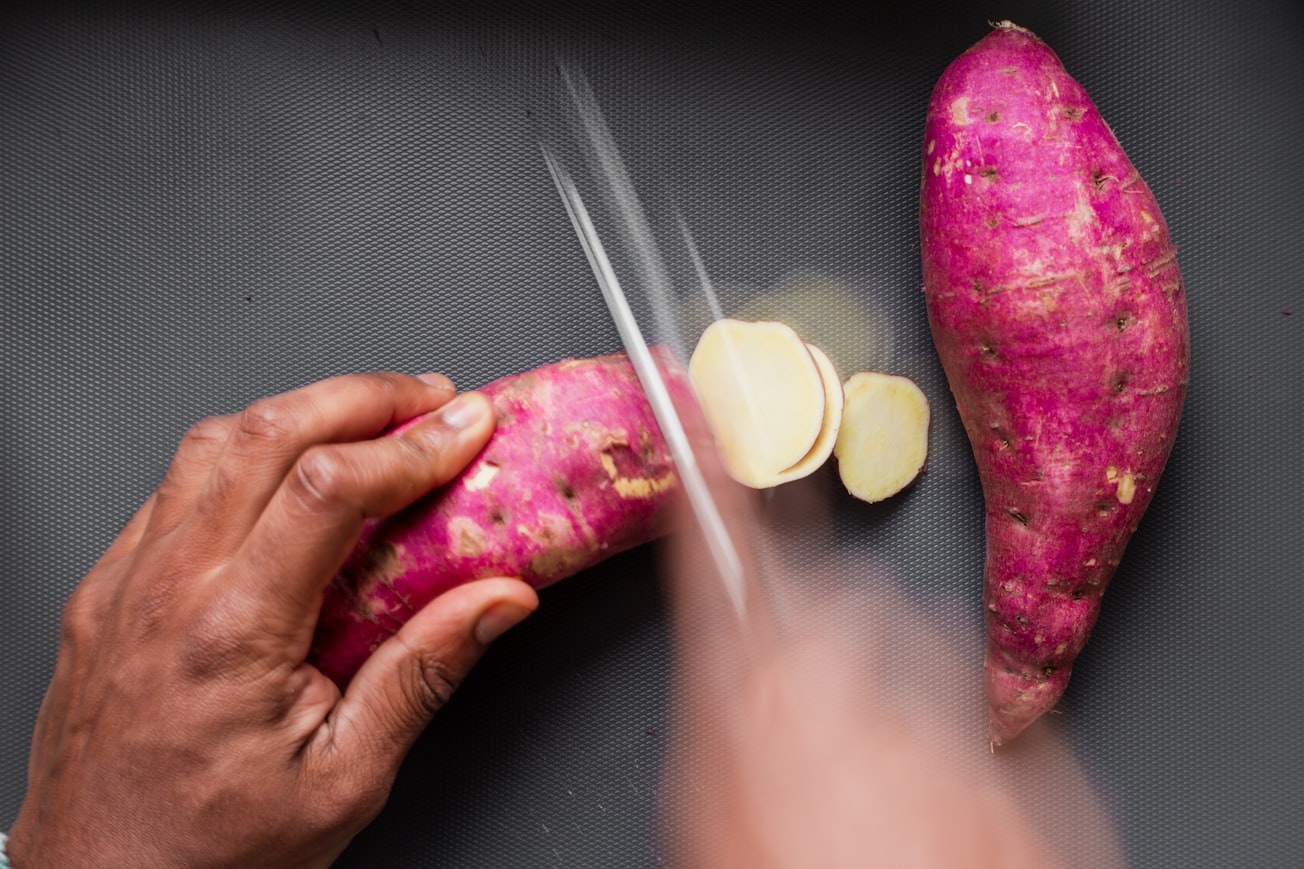What is it about?
Starch plays an important role in the development of new food products. Sweet potatoes are in great interest of consumers but also food nutritionists these days. We have shown that starch can be easily extracted from these tubers. Extracted starch can be is a suitable ingredient for enrichment the pasta formulation, and for developing the products with higher resistant starch. However, the higher additions of starch, the worse are mechanical properties of pasta. In this case, we do not suggest higher supplementation than 30%.
Featured Image

Photo by Louis Hansel @shotsoflouis on Unsplash
Why is it important?
Starch is a crucial component of the pasta matrix. It influences the final mechanical, textural, and sensory properties of cooked pasta. There are some studies about the effect of potato or corn starch on pasta formulation but the lack is about the use of new crops or tubers. The advantage of sweet potato starch is also the higher resistant starch content in comparison with cereals or legume starches. Therefore our study does not watch only the effect of sweet potato starch on the quality of semolina pasta but also the determination of resistant starch in final products. RS consumption is considered to have high health benefits such as prevention from the colon, cardiovascular and diabetes diseases, prebiotic functions, and so on; therefore the study of these types of starch must be done.
Perspectives
I hope this article will be useful for the next research in the area of starches, especially resistant starches. The problem of resistant starch should be interesting for the food nutritionists but also food technologists as resistant starch plays an important role in human health.
Lukáš Kolarič
Slovak University of Technology, Faculty of chemical and food technology
Read the Original
This page is a summary of: Pasta noodles enriched with sweet potato starch: Impact on quality parameters and resistant starch content, Journal of Texture Studies, November 2019, Wiley,
DOI: 10.1111/jtxs.12489.
You can read the full text:
Contributors
The following have contributed to this page







